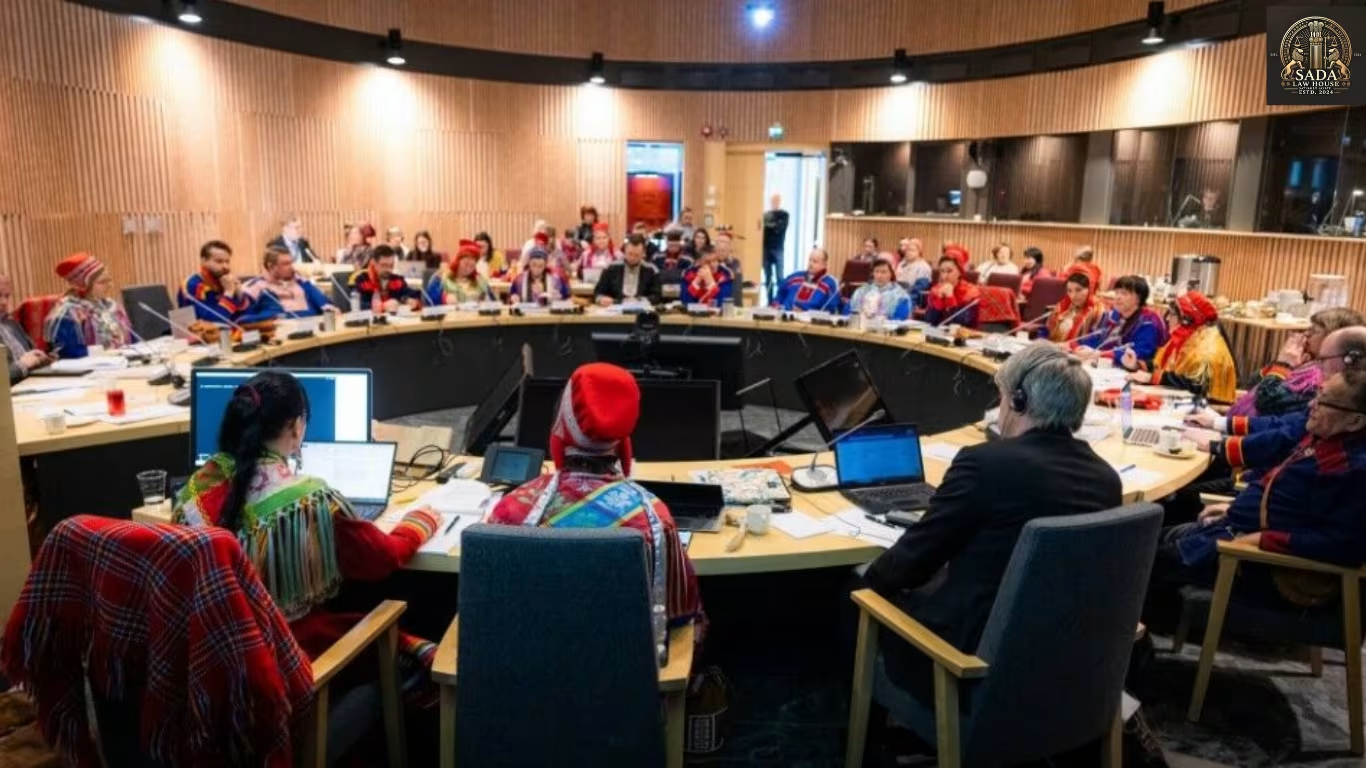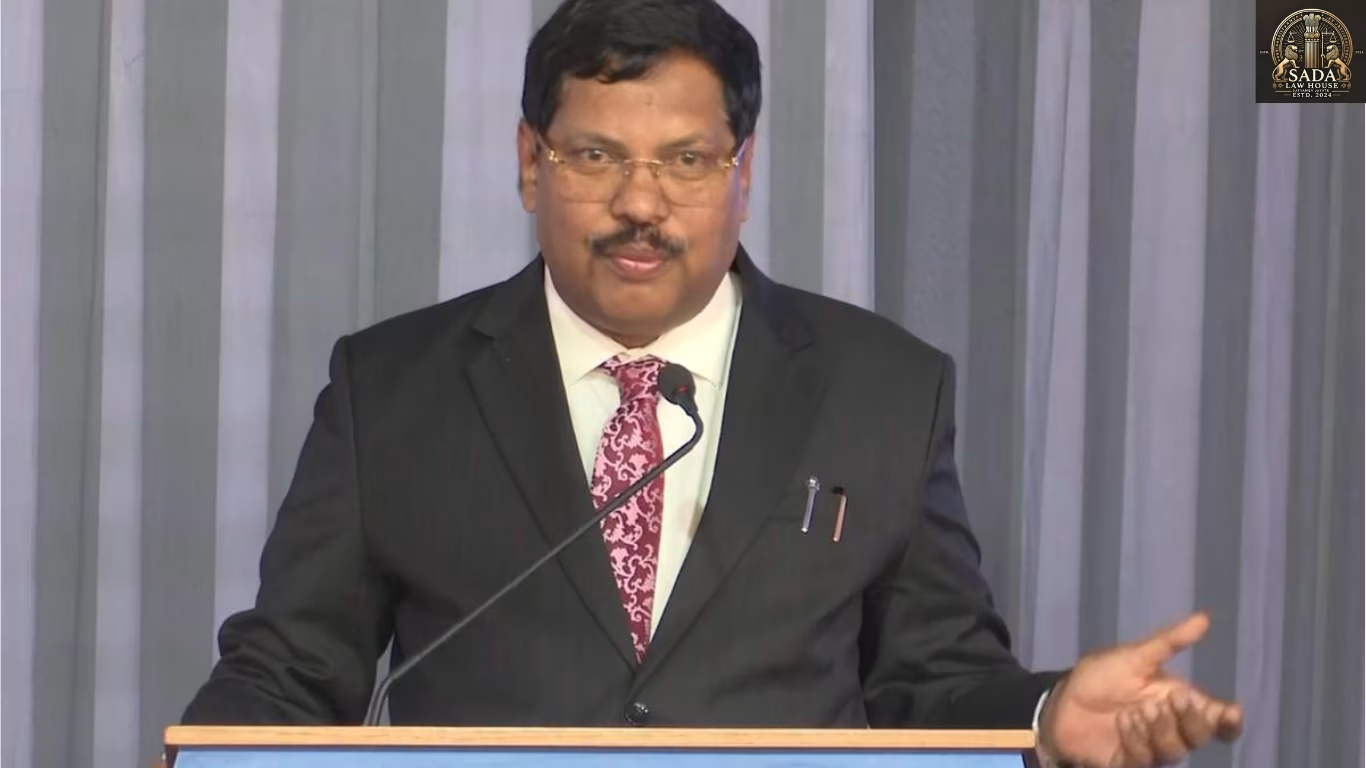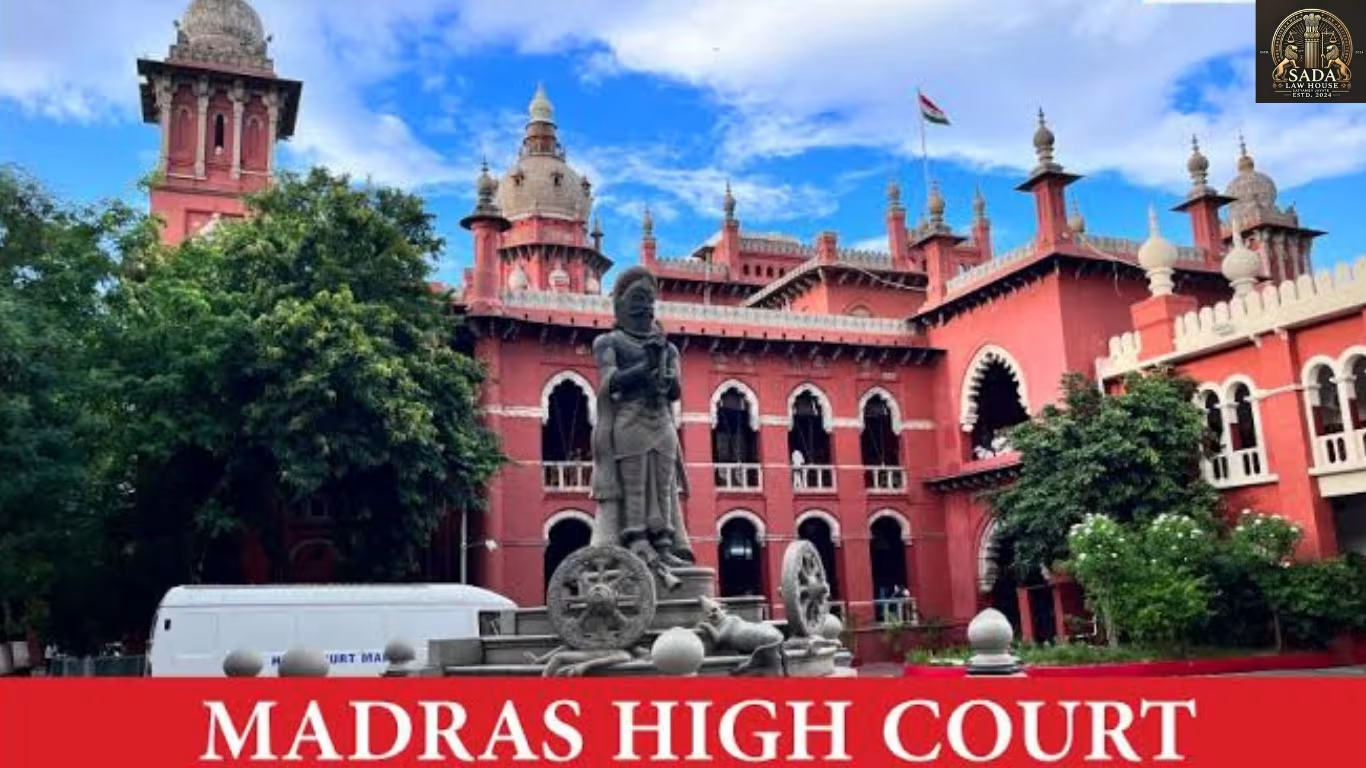Norway’s Sámi Parliamentary Elections Reflect Political Shifts in Indigenous Representation
- Shristi Singh
- 10 september 2025

Introduction
On 8–9 September 2025, the Norwegian Sámi Parliament elections concluded, marking a pivotal moment in indigenous self-governance. The results reflect a fragmented political landscape, with the Norwegian Sámi Association (NSR) retaining a narrow lead but facing a strong challenge from Nordkalottfolket.
Background
The Sámediggi, Norway’s Sámi Parliament, is the indigenous legislative body responsible for cultural policy, education, and resource rights. In the 2021 elections, the NSR held a plurality. The 2025 results, however, highlight an evolving plurality within Sámi politics, reshaping debates on representation and identity.
Key Developments
Election Results:
Norwegian Sámi Association (NSR): 16 seats (down from 17)
Nordkalottfolket: 15 seats (up from 9)
Labour Party (Sametinget branch): 4 seats (down from 7)
Smaller parties (Sámi People’s Party, Centre Party, Moving Sámi List, Conservative) shared the remaining seats.
No Majority: With 20 seats required for a majority, no party holds outright power, making coalition-building essential.
Issues
Fragmented Political Landscape: The rise of Nordkalottfolket signals growing diversity in Sámi representation.
Coalition Necessity: NSR must partner with smaller parties to form a governing majority, reshaping policy focus on identity, natural resources, and autonomy.
Indigenous Empowerment: Maintaining the Sámediggi’s credibility requires overcoming ideological divides to advance land rights, cultural preservation, and climate adaptation.
Conclusion
The 2025 Sámi parliamentary elections mark a turning point in indigenous self-rule. With no dominant party, governance will depend on negotiation and multiparty collaboration—testing the resilience of Sámi democracy in Sápmi.






